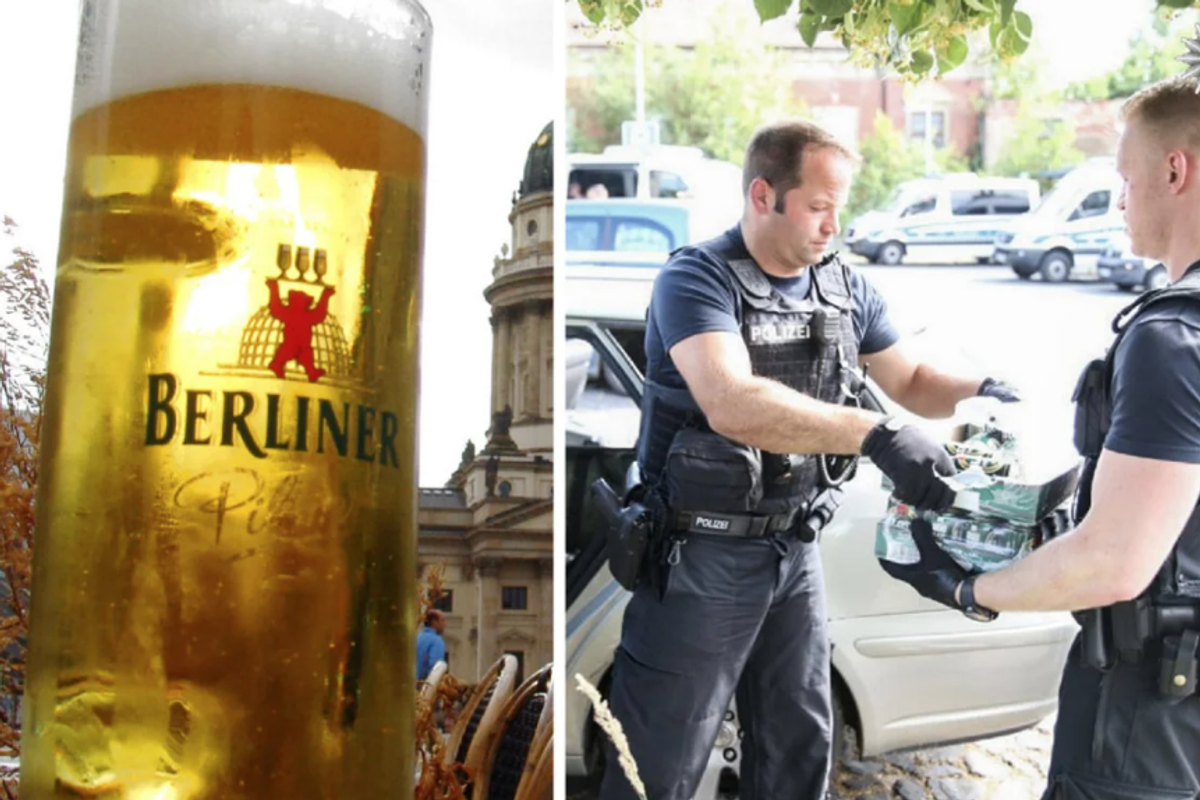Dad of 2 young kids admits he and his wife sleep separately and the trend is growing
This approach isn't without its drawbacks, though.
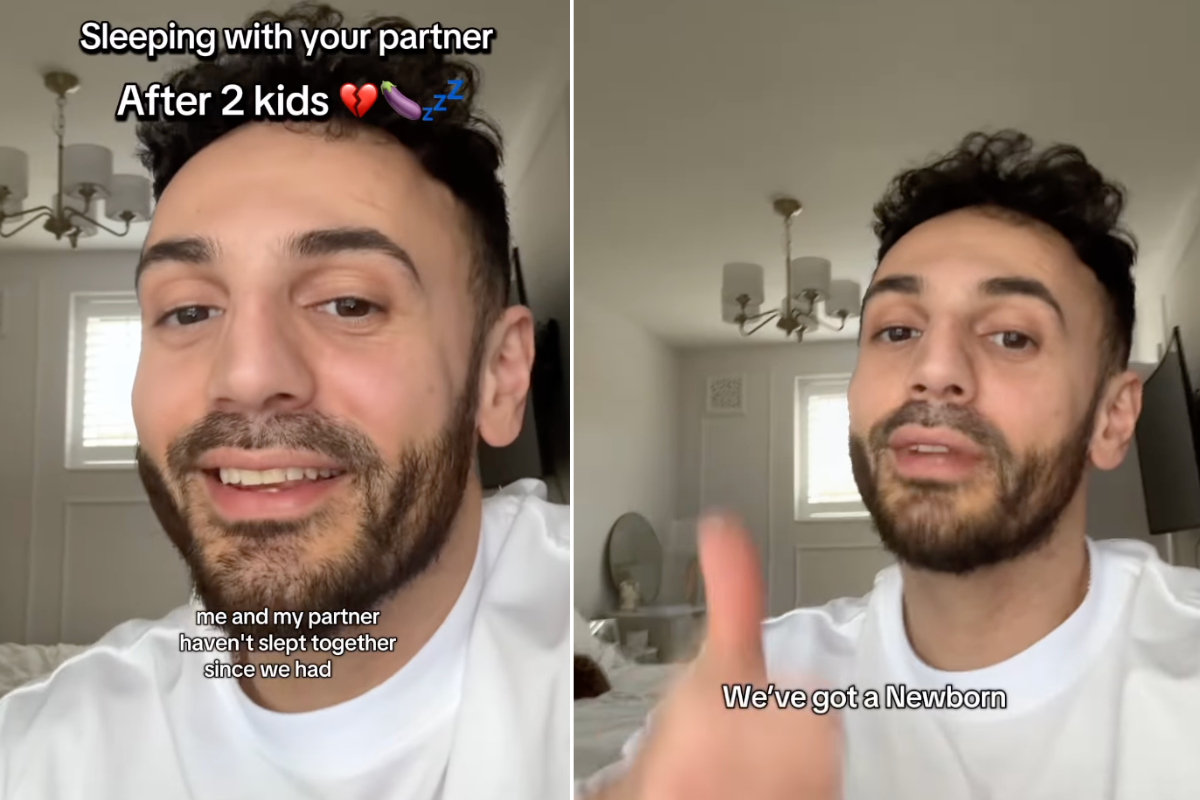
It's not as weird as it sounds.
When you become a parent, your nighttime routine gets thrown for a loop. The first couple of years are a rollercoaster of changes—when the kids go to bed, how often they wake up, how long they sleep. Things start to normal out after a while, but if you have a second kid, or a third, you can start the clock over again each time. Some couples live in nighttime chaos for years and years at a time.
Not only does this naturally cause a ton of sleep disruption and sleep loss in parents of young kids, it can also be a huge source of conflict within a couple. Who gets up with the kids at night? Who gets extra rest in the morning? With two sleep deprived, cranky parents, tempers can flare easily around the subject of rest.
One dad took to social media to come clean about how he handles the restless nights: He and his wife, parents to two young kids, don’t sleep in the same room anymore.
Rabeeh Moudallal, in an Instagram reel, discussed the couple’s “married but separate” sleeping strategy. He says he usually sleeps on a mattress on the floor in their toddler’s room, while his wife, Katie, handles any late night fussiness or feedings with the baby. In their arrangement, both parents don’t have to get woken up every time one of the kids does. It minimizes disruption and sleep loss, and let’s them take turns helping each other out if one of them has a particularly rough stretch. It may not be the most romantic set up in the world, but for this phase of life, it makes a lot of sense!
Watch Moudallal’s full reel here:
I can absolutely relate to what Moudallal is describing here. I have a 4-year-old with significant sleep issues and I’ve spent many long stretches sleeping on the floor in her room every night.
Although my wife and I don't usually sleep separately on purpose, during rough patches with the kids it makes sense to “divide and conquer” sometimes—there’s no reason for both my wife and I to suffer during those disruptive nights, after all! I think it's smart to play to the strengths of each person in the couple. If one partner is good at getting up early or but struggles to go back to sleep after being woken, and you know the other one doesn't mind taking the midnight shift and sleeping in a little later, why not use that to your advantage? Doing everything as a team often just means no one's ever rested and fresh.

There was a palpable sense of relief in the comments section of the viral video, where dozens of parents were overjoyed to finally admit without shame that they did the same:
"This is legit our same set up ! It's good to see others are in the same boat! Just trying to survive it all"
"When we first done this 7 years ago I was too embarrassed and scared to tell anyone incase people thought it was so wrong, and it would ruin our relationship, but it’s about survival"
"I always say to hubby, we’ve got years to be together, the kids need us at the moment. It won’t be forever"
Studies say about a third of couples don’t sleep in the same room or bed regularly. It’s more common than you think and is nothing to be ashamed of.
This number used to be closer to 25%, but it's growing rapidly.
Couples with different schedules, for example, commonly sleep separately. But so do those who deal with one partner snoring or having restless legs or insomnia. They’re all perfectly valid reasons to sleep separately, which can reduce conflicts and help everyone get more rest. That leads to happier relationships overall, so it's easy to see why the trend is catching on.
Parenting young kids who constantly wake or cry in the middle of the night is as good a reason as any to sleep in different rooms for a while.
But a word of caution for baggy-eyed parents: Sleeping in separate beds for logistical reasons is one thing, but deprioritizing your relationship is another.
It’s easy to think you have all the time in the world for each other once this phase of early parenthood ends, but putting intimacy off for extended periods of time can have lasting consequences. And news flash, there will be another stressful phase of parenting waiting for you after the sleepless nights are over! It’s not going to get easier, just a different kind of hard.
Moudallal even admits this. “I kind of miss being able to roll over and talk to my wife at night instead of just texting her from her room," he says, jokingly calling the separation a "natural contraception."
Couples who are parents need time together, even when chaos with the kids is swirling all around them. It's no secret that raising young kids puts enormous pressures on relationships, and a lot of couples don't survive it. It’s OK to divide and conquer and not find that intimacy by sleeping next to each other, but just make sure you replace it with other ways of connecting instead of always waiting around for smoother sailing.



 TikTok · Ale
TikTok · Ale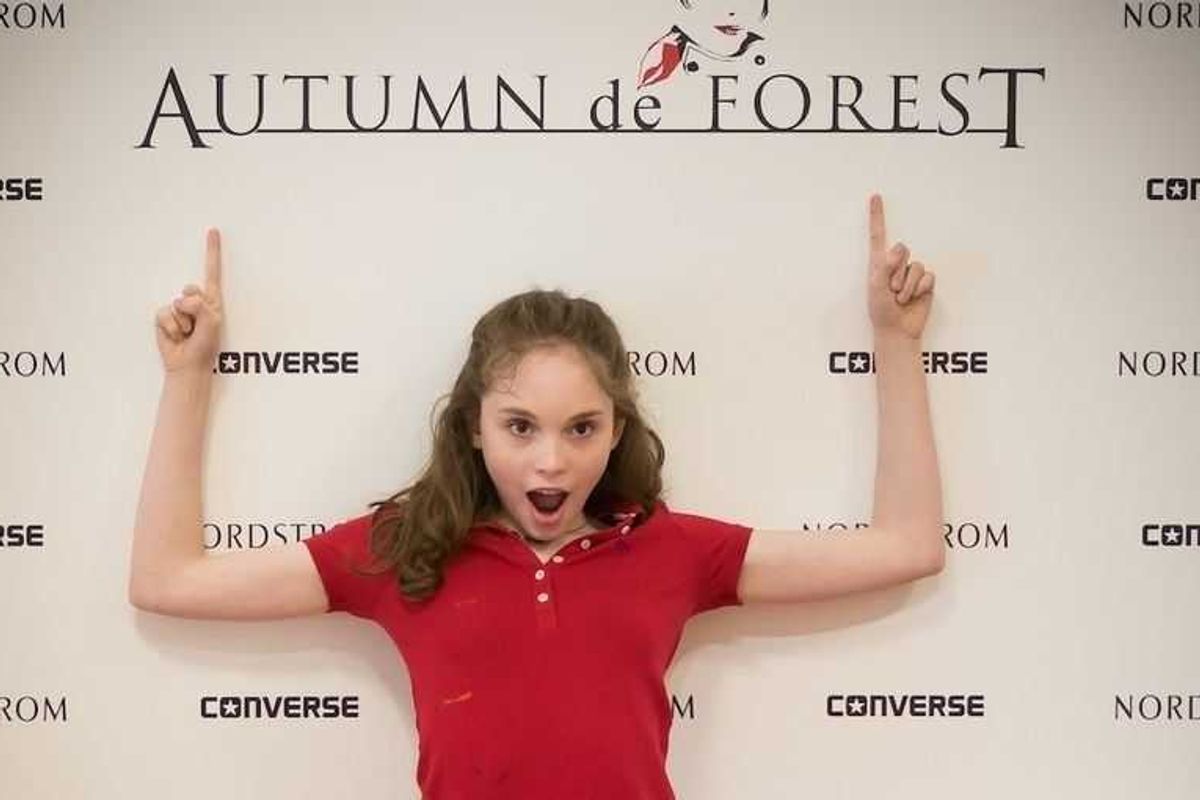
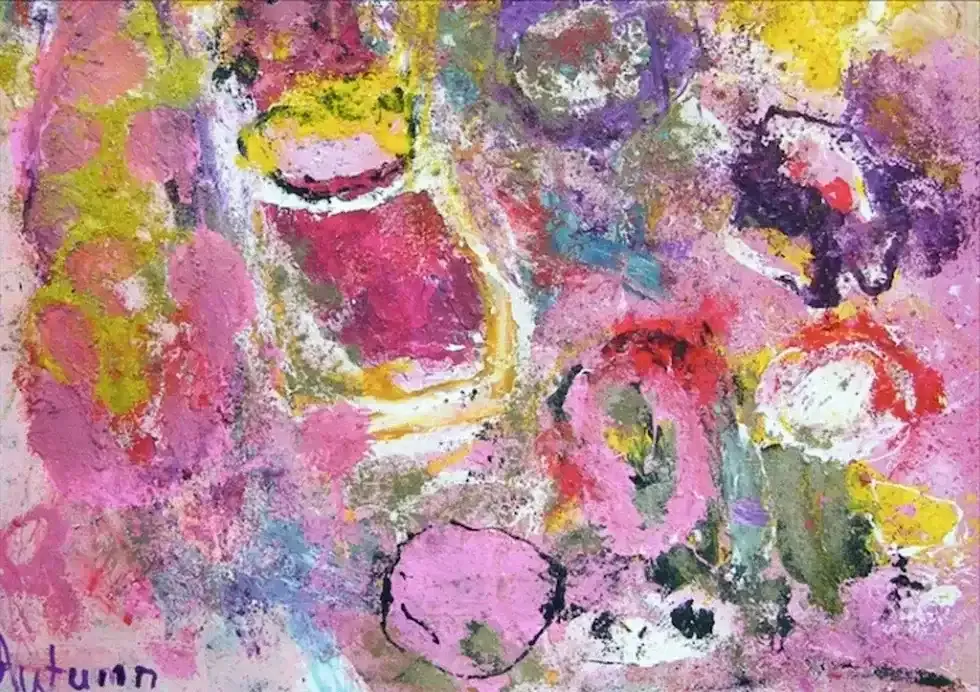 Autumn created this piece when she was just 5 years old.Autumn de Forest
Autumn created this piece when she was just 5 years old.Autumn de Forest  Autumn de Forest paints Autumn de Forest
Autumn de Forest paints Autumn de Forest  An Autumn de Forest paintingAutumn de Forest
An Autumn de Forest paintingAutumn de Forest 
 Autumn de Forest stands with the Pope who looks at one of her paintings Autumn de Forest
Autumn de Forest stands with the Pope who looks at one of her paintings Autumn de Forest 

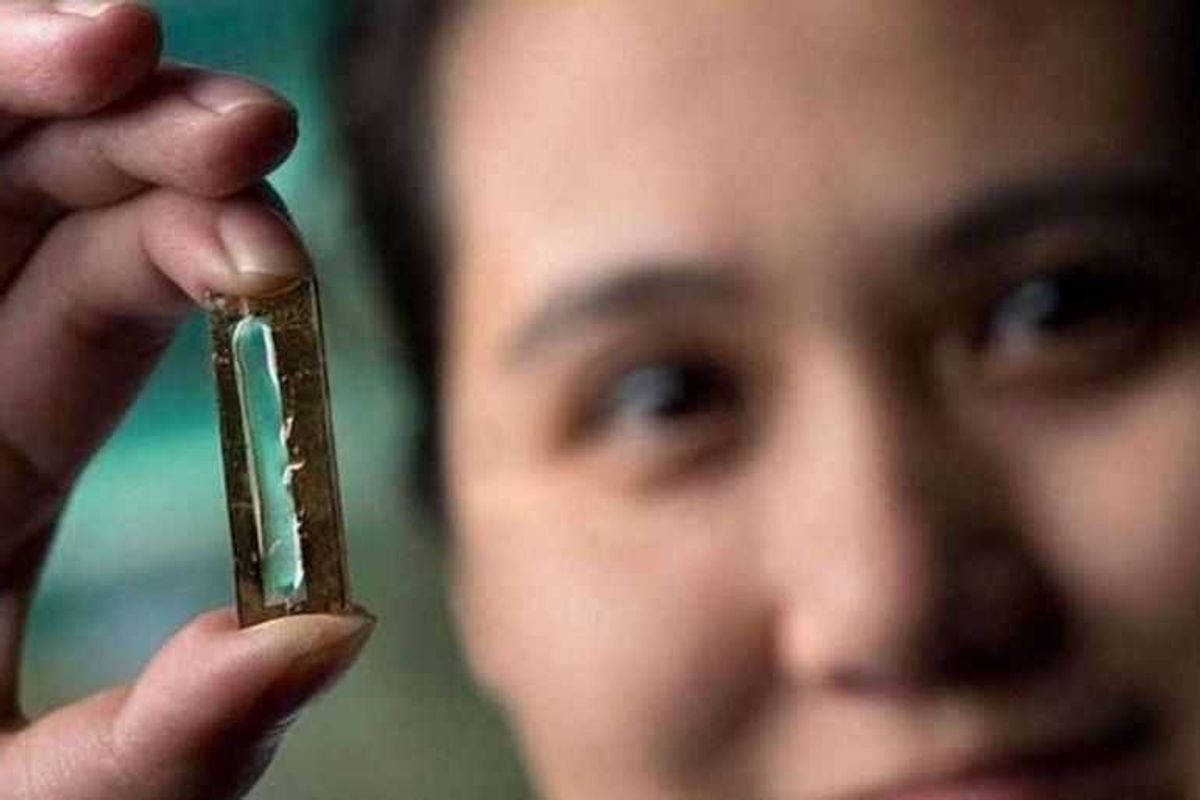
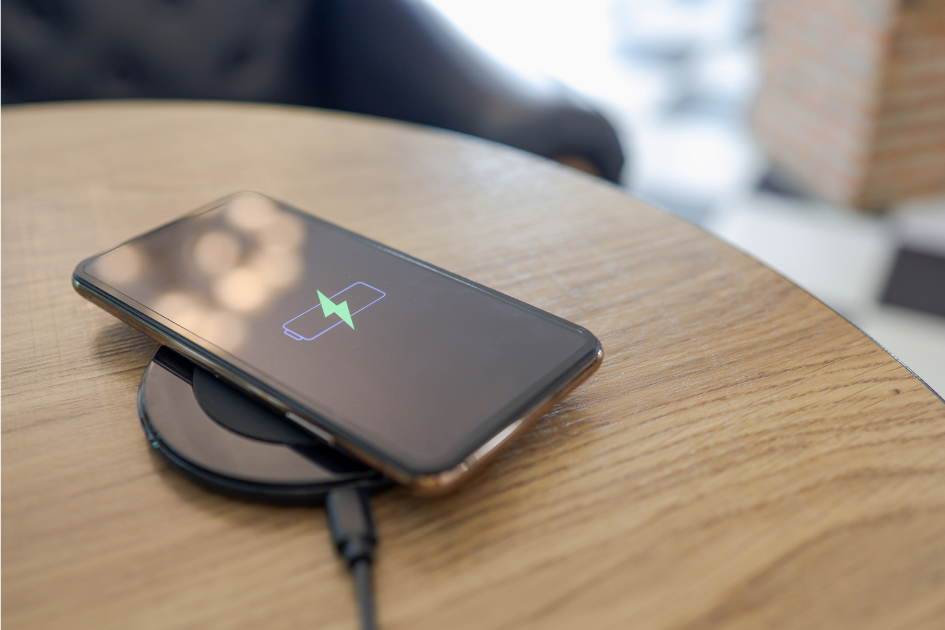 Phone charging.
Phone charging. bill nye chemistry GIF by NETFLIX
bill nye chemistry GIF by NETFLIX 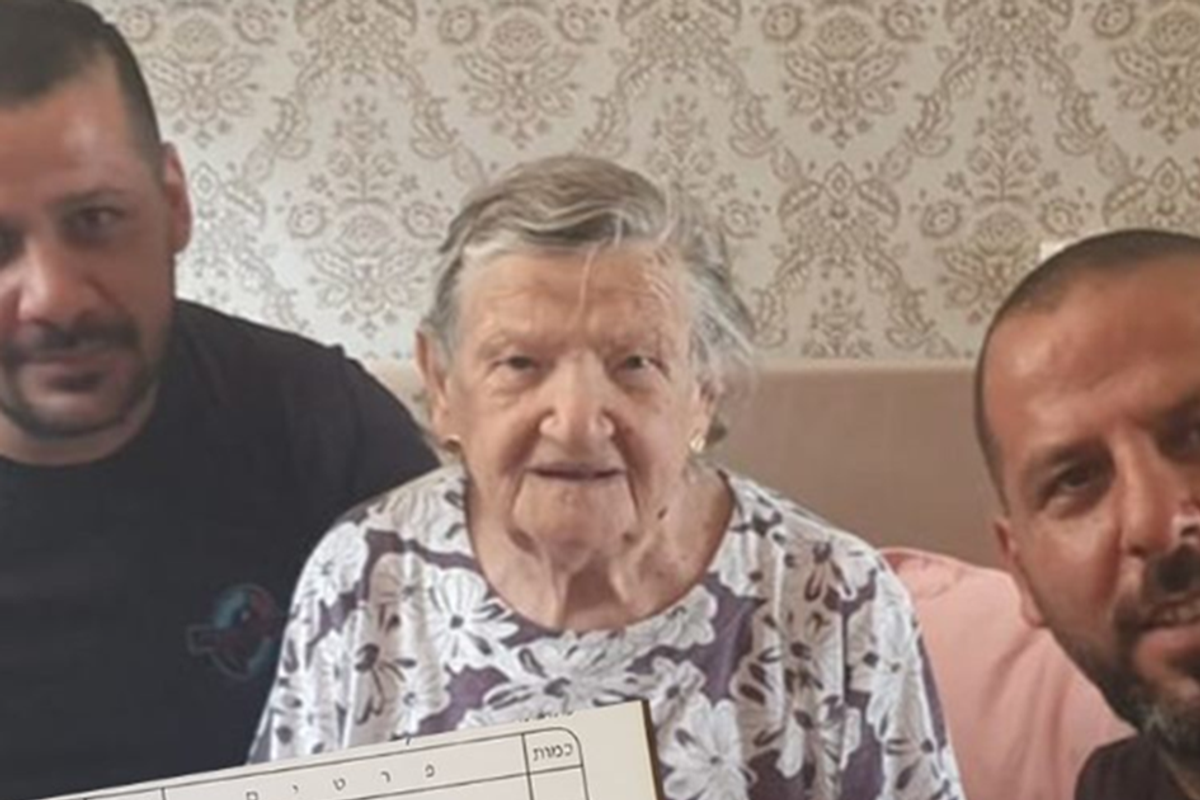
 The Memorial to the Murdered Jews of EuropeBy Alexander Blum - Own work, CC BY-SA 4.0
The Memorial to the Murdered Jews of EuropeBy Alexander Blum - Own work, CC BY-SA 4.0 Move over, Mario Brothers.
Move over, Mario Brothers. 